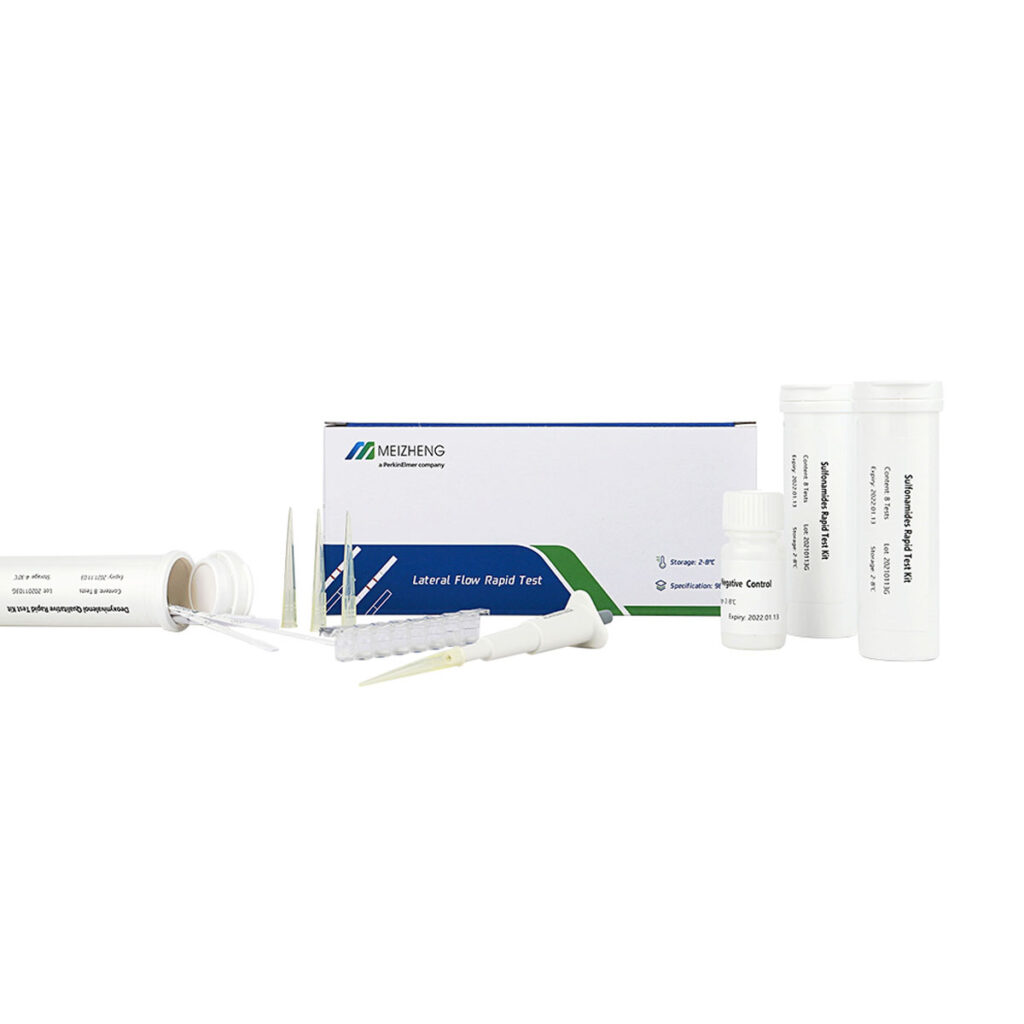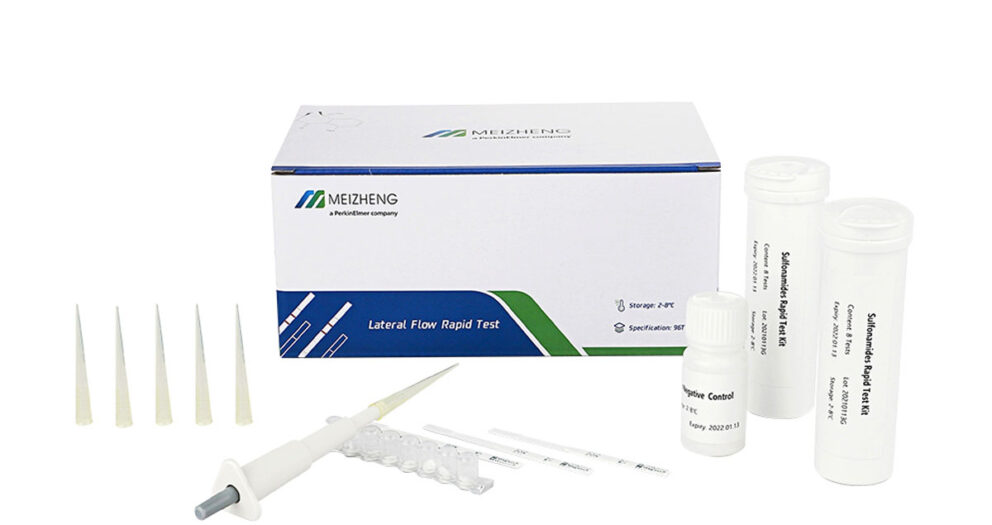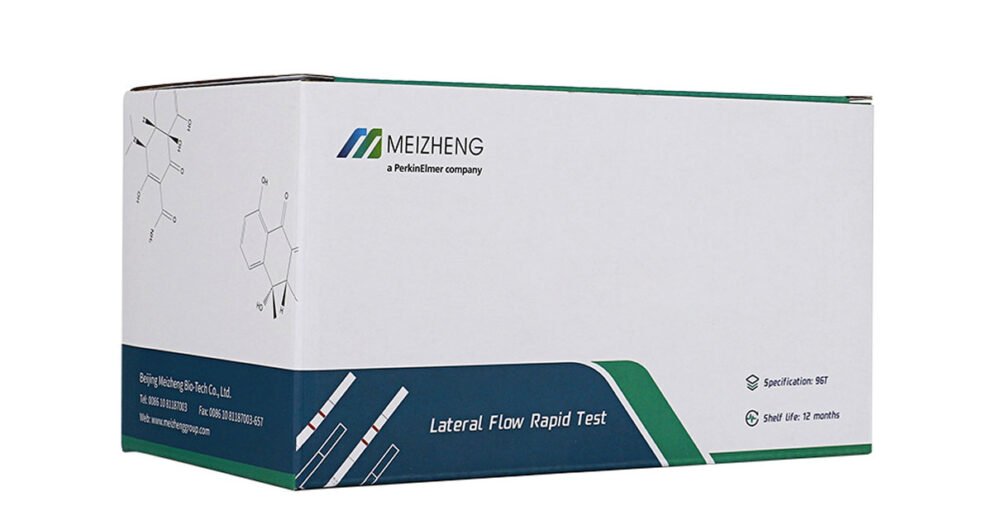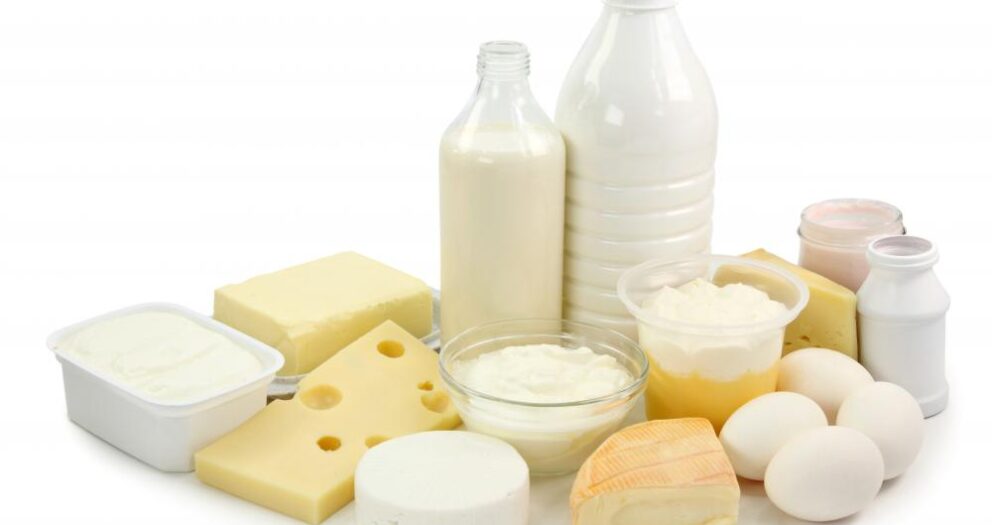Crab farmers add antibiotics to their feeds for two purposes in the process of raising crabs. One is to feed small amounts of antibiotics to crabs for a long time to stimulate crabs to grow bigger and faster, and the other is to treat and prevent crab diseases. “The practice of pursuing the first purpose is prohibited by the state, and the state does not allow the addition of antibiotics to the feed without permission. The second purpose cannot be arbitrarily said to be illegal. For the purpose of treatment, the state allows some animal feed manufacturers to produce Feed specially added with antibiotics. But it is illegal to add banned antibiotics such as chloramphenicol. The state has a list of antibiotics that can be used, and stipulates which ones can be used, and those outside the list must not be used. Chloramphenicol Not on this list.
In addition, for the question of whether large crabs can be eaten by feeding antibiotics, the use of antibiotic-fed crabs does not mean that they will contain a large amount of antibiotics when they are tested on the market. The half-life of many antibiotics is not long and will not remain in the animal. Such things will accumulate in the animal body. As long as the drug is stopped one week or half a month before the listing, the antibiotic will be metabolized quickly in the animal body, so the crab is qualified. As long as the antibiotic content in hairy crabs meets the national standard, eating crabs will not affect human health.
However, antibiotics cannot be abused, and the reason why they cannot be abused is that the result will directly lead to a substantial increase in the resistance of bacteria, and antibiotics will gradually become ineffective. People can’t abuse it, and animals can’t abuse it either. The reason is the same. Norfloxacin and ciprofloxacin used by many crab farmers are mainstream antibiotics that are being used in large quantities by humans. Even oxytetracycline and chloramphenicol are used in large quantities by humans. Humans and animals cannot share similar antibiotics. The consequences of the misuse of antibiotics shared by humans and animals cannot be underestimated, that is, the pathogenic bacteria in animals have increased drug resistance due to long-term and high-concentration exposure to antibiotics.

Meizheng rapid test kits can quantitatively detect the content of antibiotic residues (penicillins, sulfonamides, quinolones, tetracyclines, cephalosporins, amides and other antibiotic residues) by testing the intensity of CT lines by reflection spectroscopy; antibiotic residue test kits are widely used in farms, aquatic products market, aquatic product deep processing enterprises, inspection and quarantine units, etc.







